Not plastered brick walls again in fashion. No one is in doubt that the surface of the brickwork has an expressive texture and is quite self-sufficient without any additional finish. Nevertheless, brick facades of buildings, fences, as well as inner walls can be painted. To do this, it is necessary to choose the appropriate paint for bricks, which has not only decorative, but also protective properties. When painting brick walls, it is important to take into account the features of working with this material.
Content
Brick paint selection
The painting of the brick walls is quite practical and is suitable not only for facades of buildings, but also to decorate the interiors of various premises. Currently, this finish style is gaining increasing popularity, since it is easy to give the selected shade to brick walls with the help of staining and achieve the desired decoration effect, as well as disguise some defects of their surface. In addition, painting the brick, you can protect the masonry from the penetration of moisture and destruction. If part of the bricks flowed and damaged, the salt appears on them, it is possible to get rid of these problems with high-quality staining.
When choosing than painting a brick, you should be repeated from the following source data:
- outdoor or internal arrangement of brick walls;
- the states of the brickwork, the presence of damage on it;
- the desired decoration effect is in the form of obtaining a matte surface or with a different degree of gloss. It should be noted that to obtain high-quality matte staining, you will need to apply at least two layers of paint. It is believed that the glossy wall decoration visually expands the room, giving it volume. At the same time, the matte wall covering is considered the most resistant to mechanical effects.
First of all, when choosing a finishing material for brick walls, it is important to consider the requirements for the technical characteristics of the final coating.
Characteristics of finishing material
When choosing a suitable brick paint, you must pay attention to the following characteristics:
- parry permeability - brickwork perfectly "breathe", passing couples from interior premises. To preserve such an effect after staining, it is necessary to choose a vapor-permeable paint for brick walls accordingly;
- water resistance - this characteristic is particularly relevant for exterior walls, as well as for interior rooms with a mode of high humidity (kitchen, bathroom and bathroom);
- resistance to the effects of aggressive chemicals;
- stability of the created coating to burnout under the action of ultraviolet rays;
- resistance of this finishing material to abrasion;
- frost resistance (for exterior walls);
- when choosing paint for a brick furnace, its heat resistance is a very important factor, since the coating created by it will be regularly subjected to long heating at high temperatures;
- elasticity - a sufficiently elastic finishing coating can withstand some shrinkage of the material of the base and small deformations of brickwork under the action of temperature drops;
- the shelterness of the paint, from which its consumption depends, since not every finishing material can qualitatively cover the heterogeneous and porous surface of the brickwork.
In addition, you will need to pay attention to the environmental friendliness of the finishing material. Previously, sufficient quality of wall coloring could be achieved only with the help of paints based on organic solvents, currently produce sufficiently reliable water-dispersive paints.
Types of paint for bricks
Depending on the needs, you can pick up the front paint for bricks, for internal works, as well as if necessary, for rooms with high humidity regime. It is worth noting that for internal works, you can apply paint for facades, at the same time it is necessary to consider that the interior is not suitable for external work.
When choosing brick paint, you should give preference to materials from verified manufacturers. For staining of walls of bricks, various types of cement, silicate, as well as polymer paint are suitable. Many specialists prefer to use water-soluble acrylic paint for these purposes, since this material does not contain components harmful to health, allows you to create a saturated color coating on brick walls that differ in high wear resistance. In addition, it is possible to apply acrylic silicone paint - the surface painted with it is beneficially characterized by strength and resistance to pollution. Latex paint for the facade is characterized by high elasticity and significant covering ability, strength and durability of the coating.
In addition, elastomeric paint is suitable for decoration of the walls of the brick, as it is very elastic and easily applied, filling the small slits in bricks and forming a water-pumping coating on them. It should take into account that to protect and hardening the brickwork, you will need to apply a sufficiently thick layer of such paint, moreover, this finishing material is characterized by a fairly high price.
Some experts are not recommended to use oil paint bricks for staining, as it forms a tight steamproof coating on the walls, which can be damaged over the walls.
To finish the inner walls of bricks, modern water-based lacquers can be used - such a coating is safe for health, gives an excellent decoring effect and is characterized by high strength. Choosing paint for walls of bricks, do not forget to also purchase primer liquid. To prepare the surface under staining, the primer is optimally suitable for acrylic or latex. To create a moisture-repellent air-permeable layer that increases the thermal insulation properties of the walls and prevents the appearance of heaps on them, the outer walls are appropriate to be treated with a special impregnation - a hydrophobizer. In addition, in the process of finishing works, antiseptic antifungal impregnation may be needed, as well as a means for eliminating salt sediments.
Staining brick walls
If you have decided to paint the brick walls of the building, it is worth considering that you will need to wait at least a year before the completion of the cropping and weathered masonry. In the case of painting of freshly bothered brick walls, it is hardly possible to obtain high-quality coverage without any defects. It is important to note that the staining of the outer walls is recommended to produce in the heat of the season, at air temperature not more than 25 ° C.
When painting the walls in the room, it is necessary to remove the furniture from it or move it away from the walls and cover with the film to protect them from getting paints. In addition, the adjacent surfaces need to be saved by painting tape, to seize paper or protective film.
For finishing works, the following materials, tools and devices may be needed:
- rigid brush;
- knife scraper;
- merchal;
- liquid detergent;
- putty or composition for rubbing seams;
- high removal tool;
- cement, sand;
- primer liquid;
- paint sprayer, brush with rigid bristle or greasy roller;
- protective gloves and glasses;
- paint pallet;
- finishing material - paint for bricks.
Preparatory work
It is worth considering that the efforts spent on the preliminary training of brick walls under painting will further pay upon the quality and durability of the finish.
To prepare the walls, you must perform the following sequence of actions:
- first you need to carefully clean the surface of the brickwork with a metal brush. If the walls are present on the walls of the old finish in the form of the plaster, they need to be removed, the remains of peeling paint should be washed with a solvent;
- in addition, saline sediments can be eliminated from the surface of the walls, which over time can damage the masonry. To do this, you can use a wire brush and a special means to remove verbs. It is worth considering that these work should be carried out in protective glasses and gloves;
- if there is fungus and mold, the surface of the walls should be treated with an antiseptic agent - the household bleach is suitable like "Whiteness". The chlorine-containing agent must be applied to the wall and leave for exposure to 15-20 minutes, and then consider together with the traces of fungus and mold with a scraper and brush;
- carefully cleaned and dedited surface of the walls should be washed with water with detergent. After that, it is necessary to wait for a complete bread bread, since the residues of moisture in the pores of the brickwork can later be the cause of the defects of the painted surface in the form of bloating of the peeling paint and the appearance of cracks on the surface of the coating;
- next, you must carefully examine the brickwork. The detected cracks and chips should be cleaned of dust and dirt, and then scream. The detected seams of the masonry will be required to be updated - for this they need to be cleaned of the traces of the reassigned cement and make it with a solution.
After performing these works, it is necessary to level the surface of the walls with the help of a wire brush and leave them until a complete burden of 7-10 days.
In addition, before staining it is necessary to progress the walls. This measure will help to make the waterproof treated surface, increase its adhesion with paint. With the help of priming, it is possible to reduce the consumption of finishing material and to give the final coating strength and durability - for this it will be necessary to apply onto the walls with a sprayer, brushes or roller with a primer liquid based on acrylic or latex. If there are fat spots, they will need to be additionally shortened.
How to paint brick walls
After performing the preparatory work, waiting for a complete drying of the walls, it will be possible to start directly to their painting. Collect brick walls conveniently with a sprayer - with it, you can get the most uniform finishing coating. In addition, for painting bricks, you can also use a rod with a medium-track roller fixed on it, which will help to avoid non-disgraded divorces and floors on the walls.
For finishing of the inner walls, a flat brush is optimally suitable for a width of 75-100 mm, since it is quite convenient to apply uniform horizontal strokes along the direction of the brickwork. Inaccessible places and corners are conveniently cricked with a narrower brush with a slant cut.
Painting is recommended, starting from the top of the wall. After applying the first layer, the paint should be waited for its final burial. Next you need to scroll the walls a second time. For not too porous brickwork, there will be enough two layers of paint. In the presence of a highly porous brick, to obtain the most durable and reliable finishing coating after a complete dying of two layers of paint, most likely, you will need to sneak the walls for the third time. After completion of the work, remove the used malarious tape and gently tinkering with a narrow brush surface of the surface.
Thus, with the help of the competent selection of finishing material and carefully executed staining, you can protect the brickwork from the influence of various adverse effects, while maintaining its decorative properties and decorating the walls. It is worth considering that in about five years it will be needed to update the paint layer.

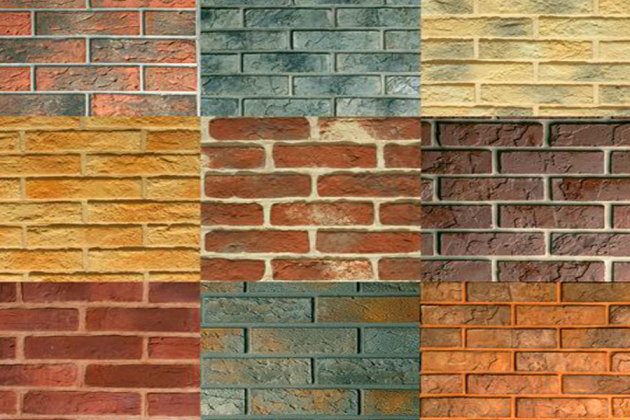
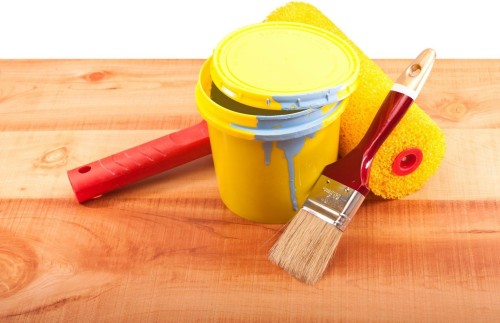
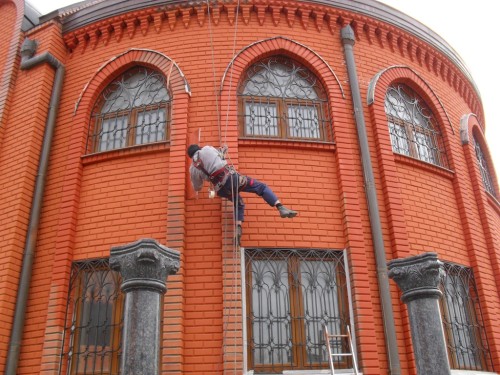
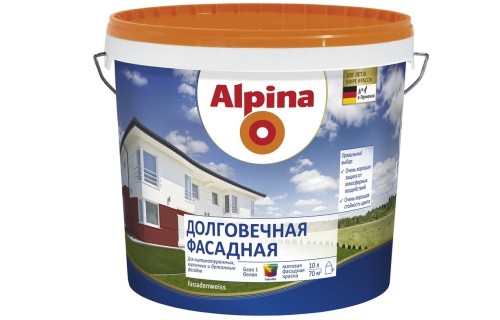
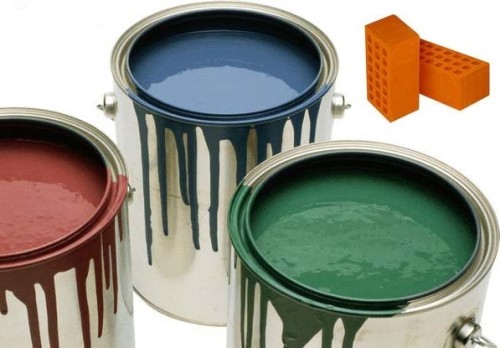
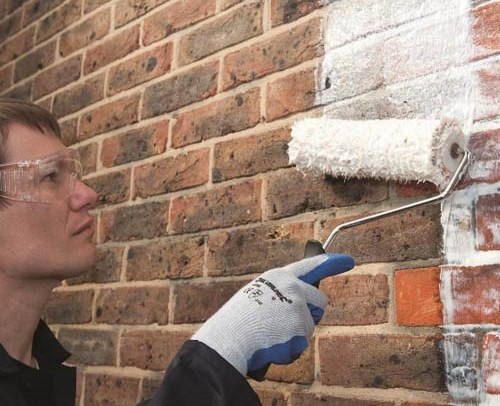
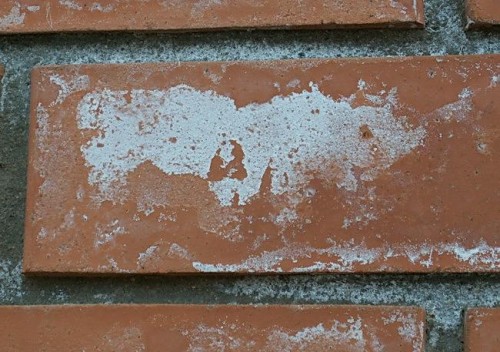
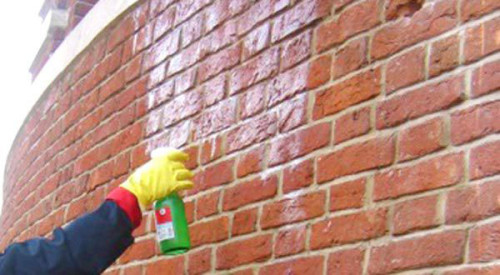
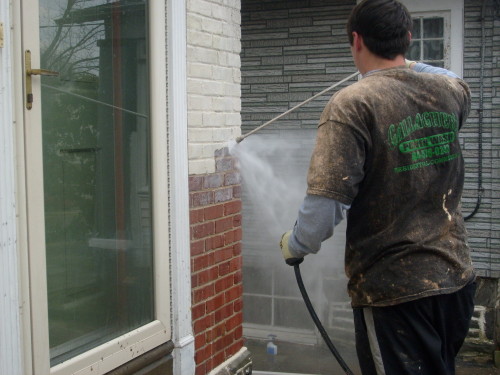
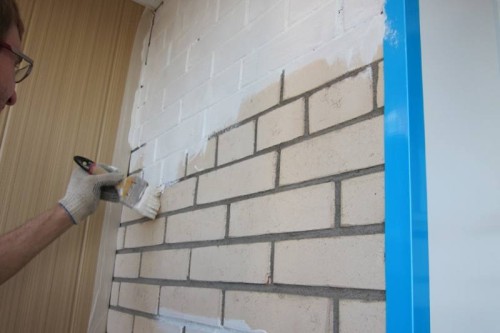
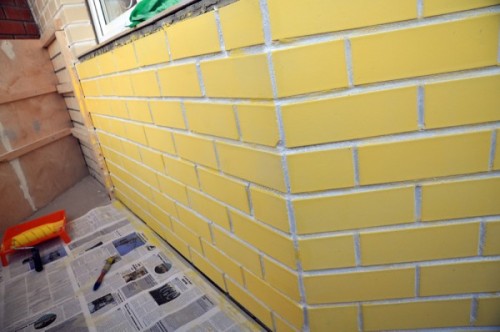
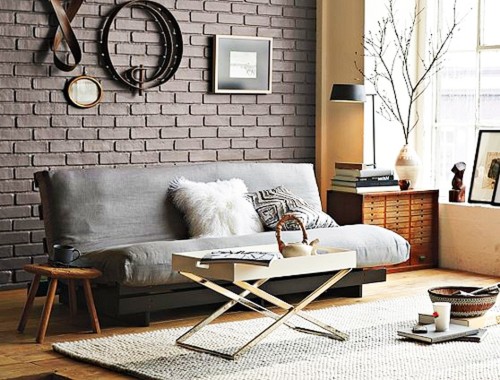
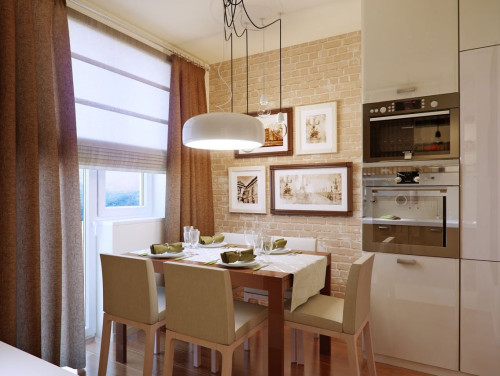
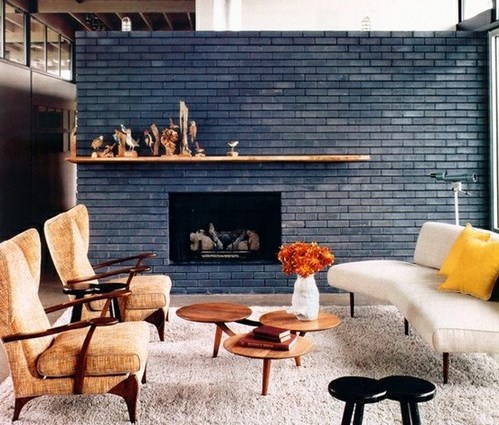

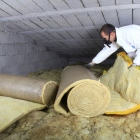
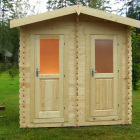



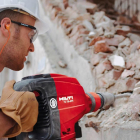
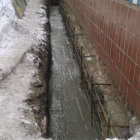
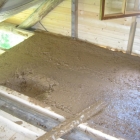
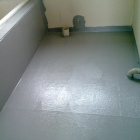
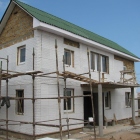
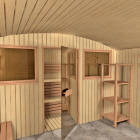
 Start a discussion ...
Start a discussion ...